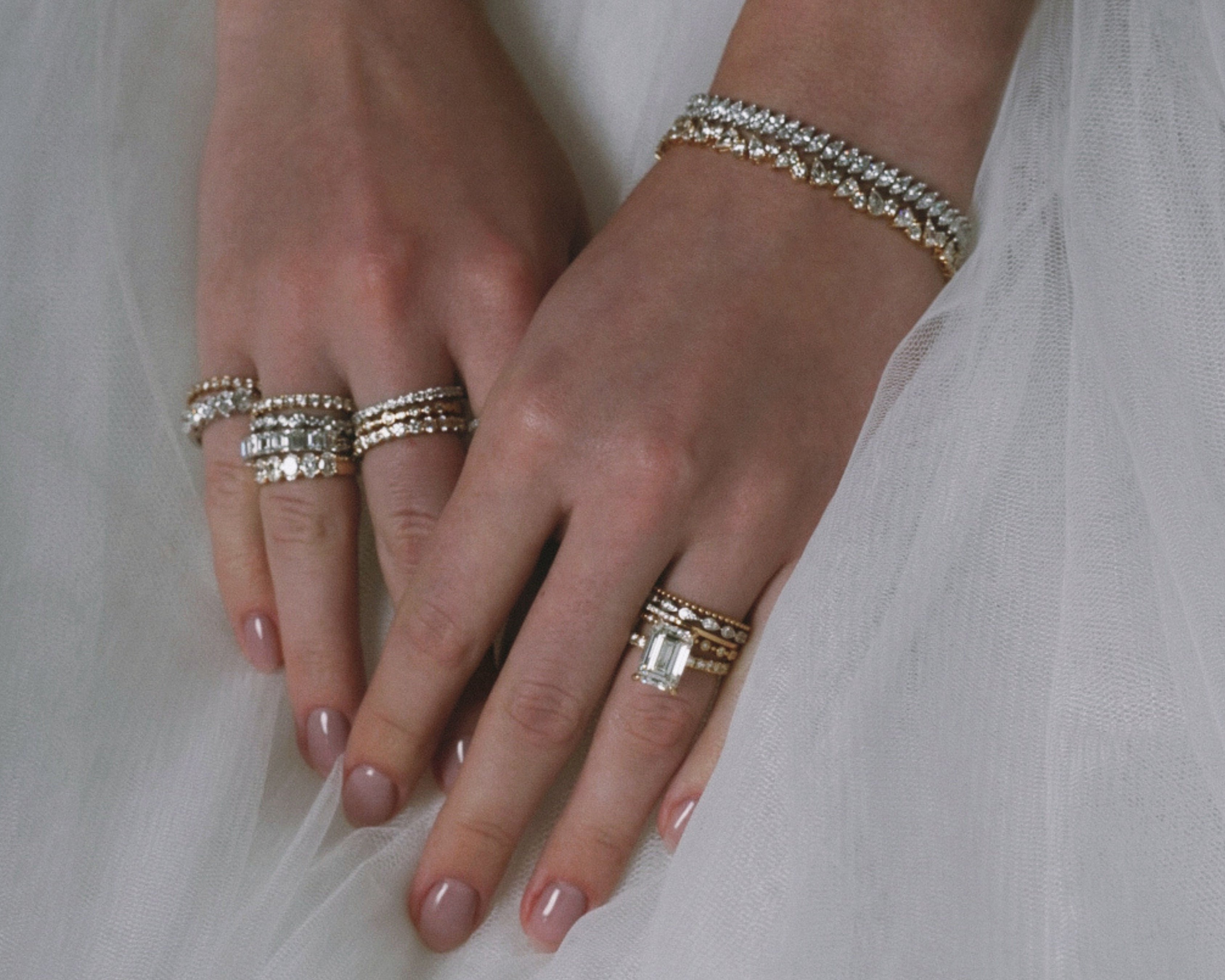Education

A LEGACY OF CRAFTSMANSHIP, ROOTED IN FAMILY
At Teresa and Sons, jewelry is more than a business, it's a family tradition spanning three generations.
The story began in Montreal, where the family's grandfather laid the foundation for what would become a lasting legacy in fine jewelry. The next generation was led by a master goldsmith, their father who passed down not only skill and technique, but a deep commitment to quality and integrity.
Today, the business is led by brothers Armen and Arden. Arden is the watch expert, trusted for everything from fine timepieces to complex servicing and restoration. Together, they continue the craft with the same care and precision they were raised with. in tribute to their late mother, Teresa - the heart of the family - they renamed the company Teresa and Sons.
From their retail showroom to their in-house atelier, Teresa and Sons blends traditional craftsmanship with modern design. Whether it's a classic piece or a bespoke creation, every detail reflects the values their family has upheld for decades.
Welcome to Teresa and Sons.



